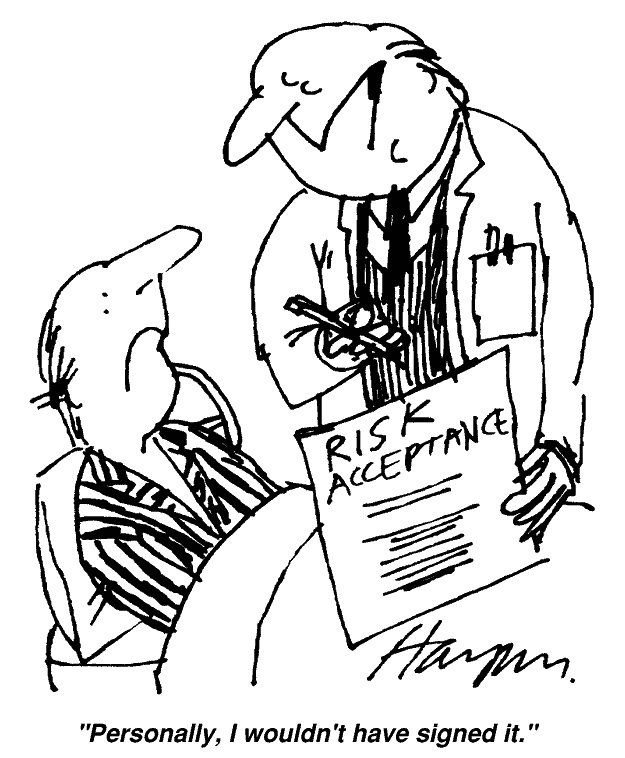 Consenting patients for complicated procedures like atrial fibrillation ablation takes considerable time to do well and our facility might do things very differently than other institutions. To assure patients heard a consistent message and to help facilitate our visits with them, we decided to create a 9-minute video to supplement our discussions during our procedural consenting process. While our video was professionally produced (and the circles around my eyes disclose the time of day this was shot), no doubt a simpler video using a hand-held HD video camera and iMovie software on a MAC could provide similar results at lower cost.
Consenting patients for complicated procedures like atrial fibrillation ablation takes considerable time to do well and our facility might do things very differently than other institutions. To assure patients heard a consistent message and to help facilitate our visits with them, we decided to create a 9-minute video to supplement our discussions during our procedural consenting process. While our video was professionally produced (and the circles around my eyes disclose the time of day this was shot), no doubt a simpler video using a hand-held HD video camera and iMovie software on a MAC could provide similar results at lower cost.In general, I think our patients have appreciated that they can view the video online at home or here in our office as often as desired. We also have burned copies to a DVD so the video can be viewed on a DVD player at home. While the work cannot be completely comprehensive, doesn't have subtitles, and includes only a single patient testimonial, it assures that we convey salient points consistently about what the patient can expect before, during, and immediately after their ablation procedure. Needless to say, they still must sign our standard surgical consent form before undergoing their procedure.
Writing the script for this video forced all three electrophysiologists in our group to agree on the video's content - no easy task as each of us came to this procedure with minor biases as to what were the most important aspects to convey - but this exercise helped us focus our message. Our ongoing challenge will be to update the video as new innovations or information become available in this fast-moving field.
We are not the first ones to use video consenting. Similar efforts have been a common theme in research, such as HIV, neurologic stimulation or chemotherapeutic studies. One trial in performed before arthroscopic procedures showed improved comprehension of information with video compared to standard consent forms. It is also interesting to note that there is an NIMH trial underway to study video consenting in patients with mental illness compared to standard methods.
Important disclaimer: For those contemplating catheter ablation of atrial fibrillation, this video might prove helpful to improve general understanding of the procedure but should not be construed as representative of how other centers perform the procedure nor as a comprehensive list of all of the risks, benefits, or alternative therapies involved in treating atrial fibrillation.
-Wes
Image reference: Jason Wolfe.
4 comments:
A nicely done piece. Did you flip a coin to see who narrated the downside factors with the procedure? Also cute that you chose the expression "burned a DVD". Humor is always good medicine.
That's a great idea. Have you considered displaying the video on a mobile device?
Do you tell you patients specifically about the transeptal puncture(s) ?
Bob-
Heh. I hadn't considered who discussed what before. I think I got the lucky straw.
Danimal -
While we could publish the video to YouTube for mobile use, its specificity to our center made us think twice about that approach.
Joe-
Much longer discussions regarding the approach, with drawings made for the patient demonstrating where catheters go, etc., take place offline separate from the video. He also have a generic afib video that we have them view before their first visit with us that also helps explain their condition and the rationale for the various management approaches.
Post a Comment